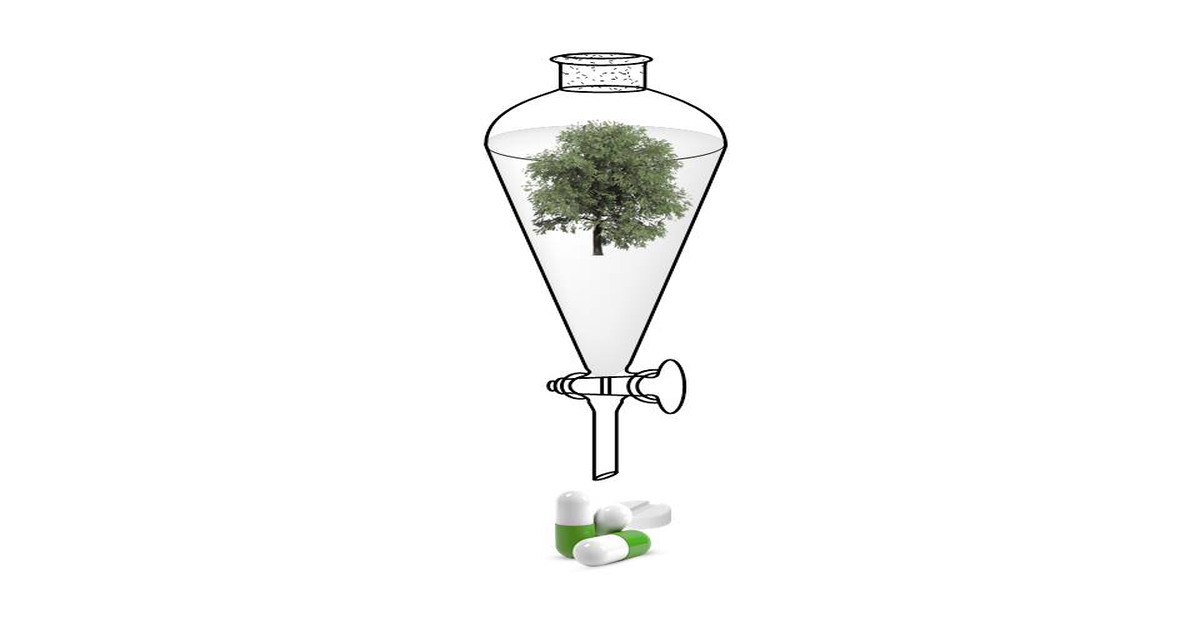Green Extraction, Synthesis and Application of Bioactive Components
A special issue of Processes (ISSN 2227-9717). This special issue belongs to the section "Biological Processes and Systems".
Deadline for manuscript submissions: 20 May 2024 | Viewed by 7497

Special Issue Editors
Interests: organic chemistry; synthesis; heterocycles; phytochemistry
Interests: organic synthesis; heterogeneous catalysts; hybrid molecules; eco-friendly synbthesis; in silico; in vitro; biological evaluation
Special Issues, Collections and Topics in MDPI journals
Special Issue Information
Dear Colleagues,
The necessity of bioactive compounds has made them essential components for maintaining a state of health and preventing disease. As people age and become less physically active, non-communicable diseases increase. Bioactive compounds are, therefore, considered an interesting alternative for the prevention and treatment of diseases. This is further reinforced by the increased need for natural and synthetic products by consumers, who demand sustainable solutions to improving their quality of life through nutrition. Knowledge of the chemistry of natural and synthetic products and a mechanistic approach key elements for the development of new solutions for this purpose.
Since ancient times, bioactive compounds have been extracted from plants. Extracts obtained from plants have been used in various industries, including medicine, food industry, cosmetics and others. At present, there is no production process in the pharmaceutical industry, food industry, cosmetic industry, chemical industry, etc., in which there is no extraction process of any kind (steam-distillation, maceration, decoction, pressing, infusion, percolation).
The need to search for new and more productive, ecologically clean, and competitive methods for the extraction of biologically active substances from various plants, as dictated by the globalized market and the need for environment protection, requires the implementation of new technological innovations.
In this regard, opportunities are being sought to search for the application of green extraction, an extraction based on the discovery and design of extraction processes that will reduce energy consumption. This will allow for the use of alternative solvents and renewable natural products, meaning that safe and high-quality extracts will be obtained.
Organic synthesis is a very powerful tool with which we can purposefully obtain the desired bioactive molecule. The search for easier, shorter, safer and more productive organic reactions for the preparation of the target compounds is the main task of organic chemists.
With this Special Issue on “ Green Extraction, Synthesis and Application of Bioactive Components”, we aim to attract original research articles and review papers that cover the research on the synthesis and extraction of new bioactive molecules using newly developed or known synthetic procedures and/or green extraction methods, and evaluate their biological properties and their application.
Original research articles and reviews are welcome in this Special Issue. Research areas may include (but are not limited to) the following:
- Developing new procedures (green extraction methods or/and synthetic procedures) to obtain bioactive compounds;
- Application of green extraction methods;
- Synthesis of new organic molecules, hybrid molecules;
- Synthesis and biological evaluation of new molecules;
- In silico, in vitro, and in vivo biological evaluation of new and/or known organic compounds;
- Extraction and identification of unknown compounds of different plants.
We look forward to receiving your contributions.
Prof. Dr. Iliyan Ivanov
Dr. Stanimir Manolov
Guest Editors
Manuscript Submission Information
Manuscripts should be submitted online at www.mdpi.com by registering and logging in to this website. Once you are registered, click here to go to the submission form. Manuscripts can be submitted until the deadline. All submissions that pass pre-check are peer-reviewed. Accepted papers will be published continuously in the journal (as soon as accepted) and will be listed together on the special issue website. Research articles, review articles as well as short communications are invited. For planned papers, a title and short abstract (about 100 words) can be sent to the Editorial Office for announcement on this website.
Submitted manuscripts should not have been published previously, nor be under consideration for publication elsewhere (except conference proceedings papers). All manuscripts are thoroughly refereed through a single-blind peer-review process. A guide for authors and other relevant information for submission of manuscripts is available on the Instructions for Authors page. Processes is an international peer-reviewed open access monthly journal published by MDPI.
Please visit the Instructions for Authors page before submitting a manuscript. The Article Processing Charge (APC) for publication in this open access journal is 2400 CHF (Swiss Francs). Submitted papers should be well formatted and use good English. Authors may use MDPI's English editing service prior to publication or during author revisions.
Keywords
- organic synthesis
- green chemistry
- green extraction
- bioactive compounds
- hybrid molecules
- phytochemistry






